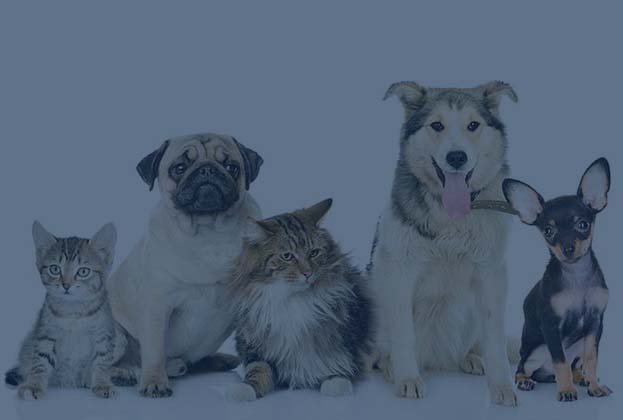
Pet parents are no different. All parents want to track and monitor their kids 24/7 for wellness and get fair warning in case of a problem. Thanks to the booming wearable technology market, pet parents can now care for their children from near and afar. This opportunity is supported by the growing affordability of technology and universal connectivity. As a result, wearable devices are leveraging a range of technologies, such as radio frequency identification (RFID), global positioning system (GPS) biosensors, motion sensors, accelerometers, bluetooth, antennas and transmitters, in devices like collars, vests, harnesses, cameras, and tags.
The choice and scope of wearable pet products has grown dramatically over the past few years, helping owners in many ways:
- Track pet location, activity and even mood when owners are not around;
- Analyze and understand links between pet behavior and state of mind;
- Warn when in danger of drowning or heat exposure, and use loud sounds to break up fights or scare away hostile animals;
- Use diagnostic tags to monitor pet vitals and activity levels to alert owners at the first sign of abnormalities;
- Track changes in chronic health conditions such as skin or orthopedic issues
- Store pet medical records in the cloud and conveniently share information with vets or trainers;
- Set goals for fitness and reminders for vaccinations/medical follow up;
- Give orders remotely using speaker/microphone and display contact information on collars;
- Use vest or harness cameras to see things from your pet’s point of view via webcam; and
- Remotely dispense the right amount of food at the right time using smartphones.
Wearable technology is also finding its way into farming. Smart farming takes advantage of devices like smart collars to save time and cost while increasing herd management efficiency. For instance, collar sensors can help manage individual animal stress, detect diseases early, and highlight best breeding times at cow farms. At equine farms, wearables can ensure minimal injuries to horses by preventing over-exertion during training. Innovative uses for wearables include LED strips for horse tails to improve the animals’ visibility and prevent collision accidents.
The potential deployment scenarios are almost endless. The central idea, however, remains the same: making sure that beloved animals are happy and healthy even when you are not around to protect and nurture them.

